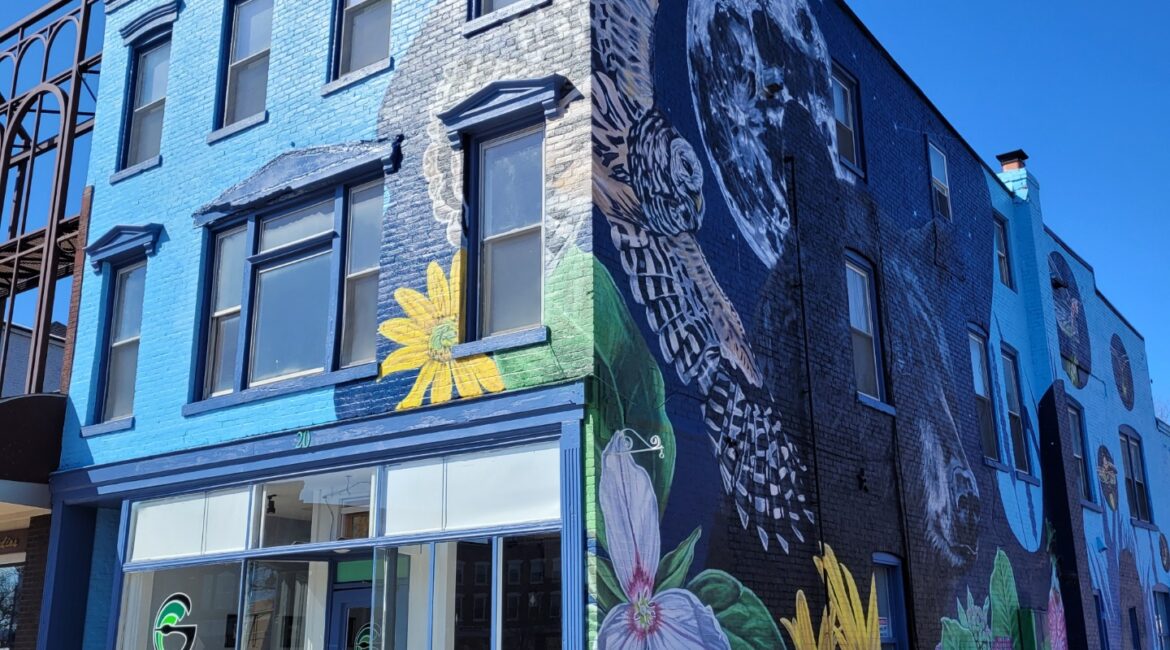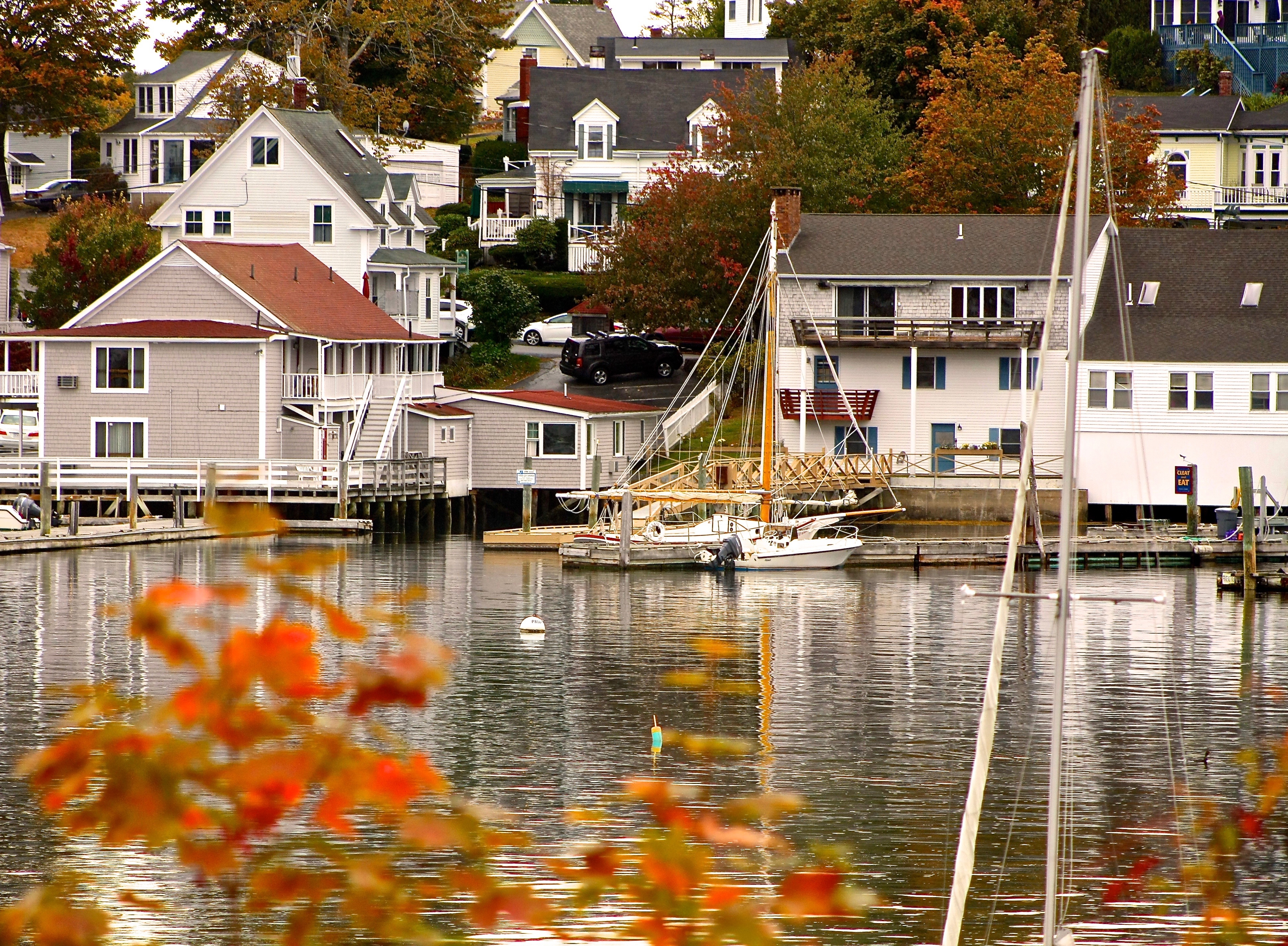2022 Mural, City of Glens Falls, by Hannah Williams. Photo by Jon Crouch.
You’ve probably noticed it when visiting a new place, especially in larger cities with distinctive neighborhoods. Think of New Orleans, for example. Even if you’ve never been there you’ve likely heard of the French Quarter, Bourbon Street, and the Garden District. Each name brings images to mind; they elicit feelings we might not be able to define, but they are memorable. What is it that makes them so?
Today we might say places like these have a “vibe,” when what we mean is that they embody a culture that has been developed over time to encompass certain traits, rituals, and experiences that are unique to them. The people who live there, the history and cultural practices handed down, and the products of these intersections are what create that vibe we feel.
Often when we hear the words “culture” or “cultural” we think of the arts, and though community cultural development often employs the arts, the term encompasses so much more. By definition, a community is a group of people with shared concerns and interactions existing within a defined space (either physically or virtually). Communities consist of ranges of values, beliefs, attitudes, and rituals which are the building blocks of a community’s culture. Because these cultural building blocks vary by population types, locations, histories, and practices the vibes of places like the different neighborhoods in New Orleans differ markedly to those of New York City, San Francisco, or Portland. The cultures of these communities are the results of years of intersections (the coming together) between their peoples and their shared cultural practices, which are ever-evolving: languages, foodways, religious practices, family structures, arts, and other social rituals commingling with those of others as populations change and interact. These communities, cultures, and the resulting vibe of these places have developed over time.
But what about smaller communities that may not have distinct neighborhoods, or what we perceive in contemporary society as distinct with perhaps more homogeneous populations, particularly those that have seen decreasing populations and/or economic decline? What does community cultural development look like in places more like ours?

It can be seen in the mural project completed in 2022 in downtown Glens Falls, where three artists created large scale murals on the sides of buildings as part of the City’s 2016 $10 million Downtown Revitalization Initiative grant. It can also be seen in the sculpture and heritage trail at Hudson Crossing Park in Northumberland, as well as the Champlain Canal trail system. Community cultural development can be seen in partnerships created by local libraries bringing in community artists and entrepreneurs to offer programming that is otherwise inaccessible to community members, and in the creation of community gardens and pocket parks, as well as numerous local festivals.
Cultural development can take many forms, but what all of the programs and initiatives have in common is building the bridges between the goals of a community, its skilled or knowledgeable members, and the available resources both tangible and economic.
Today, community cultural development is the process of recognizing and gathering a community’s specific cultural assets—its skilled people; its arts, historical and cultural attractions; its food culture, and more—and using them to achieve defined goals and outcomes that are identified and benefit the community. They are often project-based and combined with other resources (such as grant funding) while creating collaborative opportunities between community members or groups toward a shared vision.
Part 2 in this series will focus on what Community Cultural Development looks like from a planning perspective.





